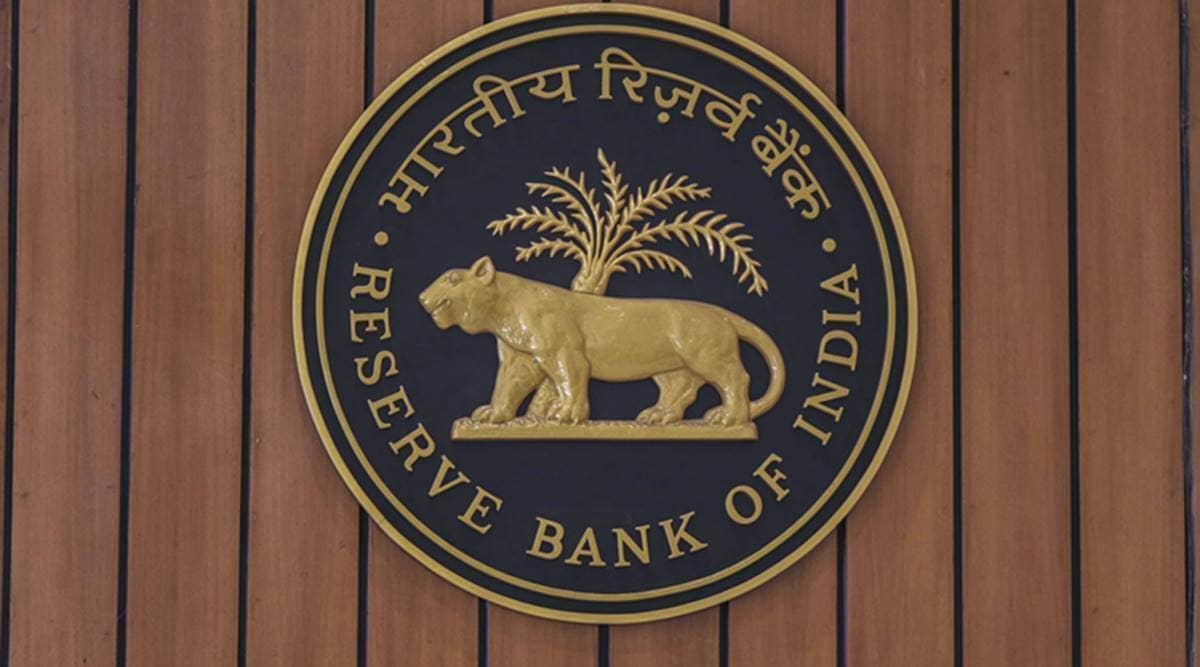 India suffers from a chronic bad debt problem. (File)
India suffers from a chronic bad debt problem. (File) Indian financial markets witnessed two crucial reforms earlier this year. SEBI came out with a dedicated regulatory framework for special situation funds (SSFs). And, the RBI approved the new dual-structure bad bank, NARCL-IDRCL. Both these reforms are aimed at solving India’s bad debt problem. While the bad bank is an upgraded version of the existing asset restructuring companies (ARCs) model, the SSF is a relatively novel concept.
India suffers from a chronic bad debt problem. Higher bad debt requires higher provisioning, locking up more capital in the banking system. This reduces credit supply and hurts economic growth. To overcome this problem, banks and financial institutions were initially allowed to sell their stressed loans only to ARCs. Now they can sell to SSFs too. Transfer of stressed loans to ARCs and SSFs would release capital locked-up in the banking system and help improve credit supply.
SEBI has introduced SSFs as a distinct sub-category of Category I Alternative Investment Funds (AIFs). AIFs manage privately pooled funds raised from sophisticated investors with deep pockets. While AIFs have traditionally played a prominent role in equity markets, their participation in distressed debt markets has been limited. Regulations did not permit AIFs to participate in the secondary market for corporate loans extended by banks and NBFCs. The new regulations now create a special sub-category of AIFs, namely SSFs, which are allowed to participate in the secondary market for loans extended to companies that have defaulted on their debt obligations. This is a major reform in the right direction.
This regulatory construct, however, raises a deeper policy question — why not allow SSFs to participate in the secondary market for corporate debt even before the underlying company defaults on its debt obligations? After all, default is a lagging indicator of financial stress. If lenders and bond investors could offload potentially stressed assets to SSFs before defaulting in the secondary market, they would benefit from a lesser haircut. SSFs would also get adequate time for debt aggregation before default, reducing the collective action problems that may arise after default during insolvency or restructuring.
In contrast, it may be useful to recollect how the American distressed debt markets took off. There were two main factors – the enactment of the Bankruptcy Reforms Act, 1978 and the rapid development of the high-yield bond market in the 1980s.
The 1978 Act introduced a new Chapter 11. It removed the earlier requirement that a corporate debtor must demonstrate it was insolvent (for example, default on an interest payment) before it could be eligible for bankruptcy protection. As a result, companies could now voluntarily file for bankruptcy pre-default, much earlier in their financial stress. Bond investors, inexperienced in insolvency and restructuring, would therefore no longer wait for the corporate debtor to default. Instead, at the first hint of impending financial stress, they would sell off the bonds in the high-yield market at a discount and exit the company.
Initially, these bonds attracted relatively small hedge funds looking for quick returns. Over time, specialist distressed debt funds appeared. They would identify opportunities to purchase undervalued corporate bonds to influence the subsequent insolvency or restructuring process to maximise the value of the distressed business and exit at a profit. This ushered in the modern era of private equity participation in the American distressed debt markets.
Admittedly, the institutional context in contemporary India is vastly different from the America of the 1980s. However, to mitigate risks of future insolvency or restructuring, Indian lenders or bond investors should have full freedom to sell their loans or bonds in the secondary market at the best price possible, irrespective of whether default has happened or not. To achieve this outcome, SSFs must be allowed seamless access across the entire secondary market for investment as well as non-investment grade corporate debt (loans and bonds).
Allowing SSFs to purchase investment-grade loans would also improve the liquidity in the secondary market for corporate loans. Traditionally, banks originated loans and held them till maturity. Over time, lending moved from involving a single lender to multiple lenders via syndicated lending. As volumes in the primary syndication market increased, demand for secondary trading also developed to allow liquidity, risk and portfolio management.
Secondary trading of loans is now institutionalised in international financial markets. These markets are liquid precisely because they are open to a wide variety of non-bank participants including insurance companies, pension funds, hedge funds and private equity funds. Allowing SSFs entry into the secondary market would therefore be in sync with international practice. The RBI task force on secondary markets for corporate loans, chaired by T N Manoharan, made this suggestion in 2019.
Finally, the entry of SSFs in the secondary market is unlikely to jeopardise financial stability. SSFs cannot borrow funds or engage in any leverage except for temporary funding requirements. Consequently, risks associated with liquidity, credit or maturity transformation and asset-liability mismatches are unlikely to arise. Given their structure, SSFs are likely to acquire sufficient debt in a distressed company to acquire control or to influence its subsequent insolvency or restructuring process to maximise its value through business turnaround or sale. That would ultimately help generate decent returns for their investors within their limited life cycle.
Overall, the introduction of SSFs promises to usher in a modern era of distressed debt investing in India. To realise their true potential, SSFs must be allowed full participation across the entire spectrum of secondary market for corporate debt and not just be confined to the post-default stage.
Datta is a Senior Research Fellow at Shardul Amarchand Mangaldas & Co., New Delhi. Views are personal
- The Indian Express website has been rated GREEN for its credibility and trustworthiness by Newsguard, a global service that rates news sources for their journalistic standards.

